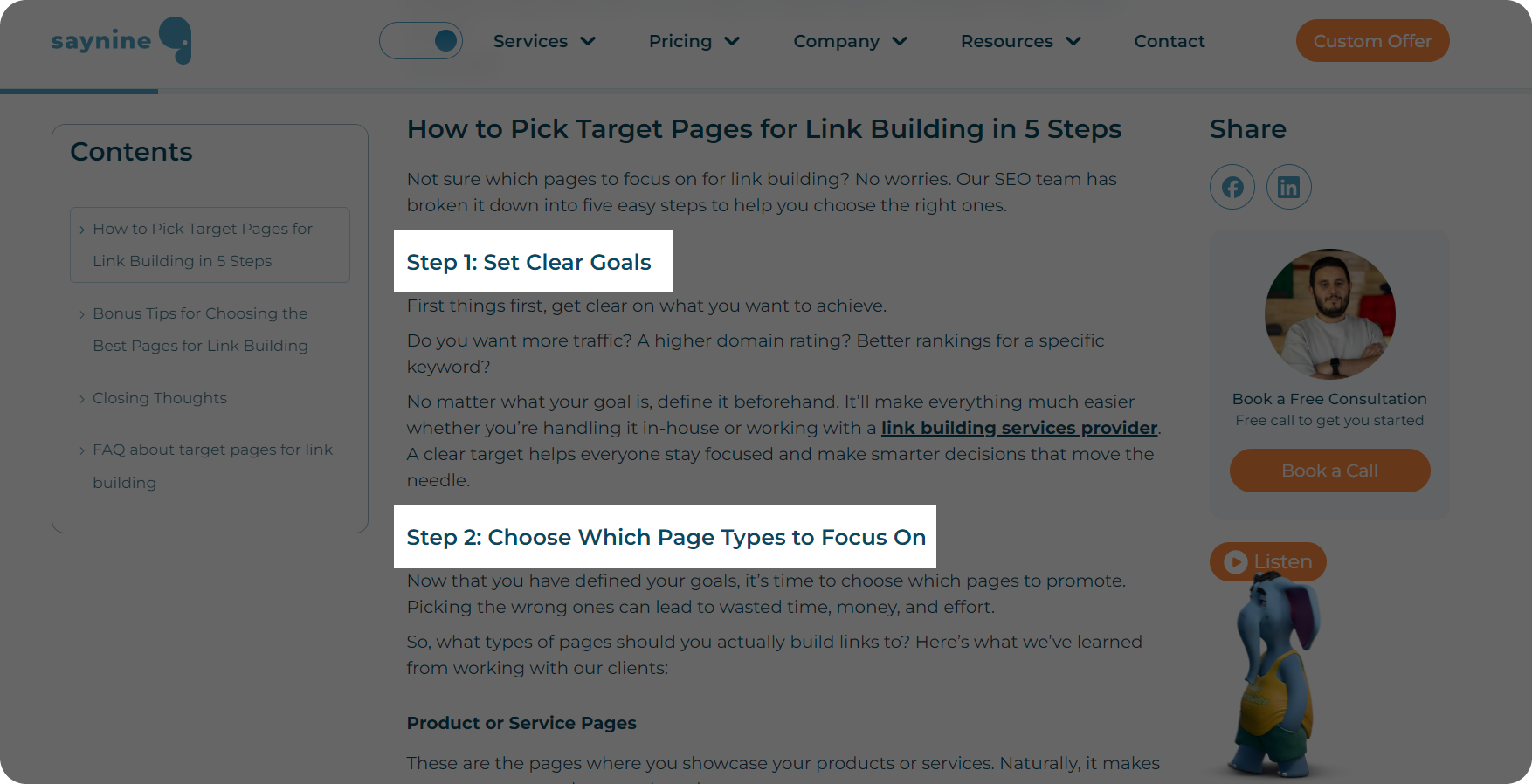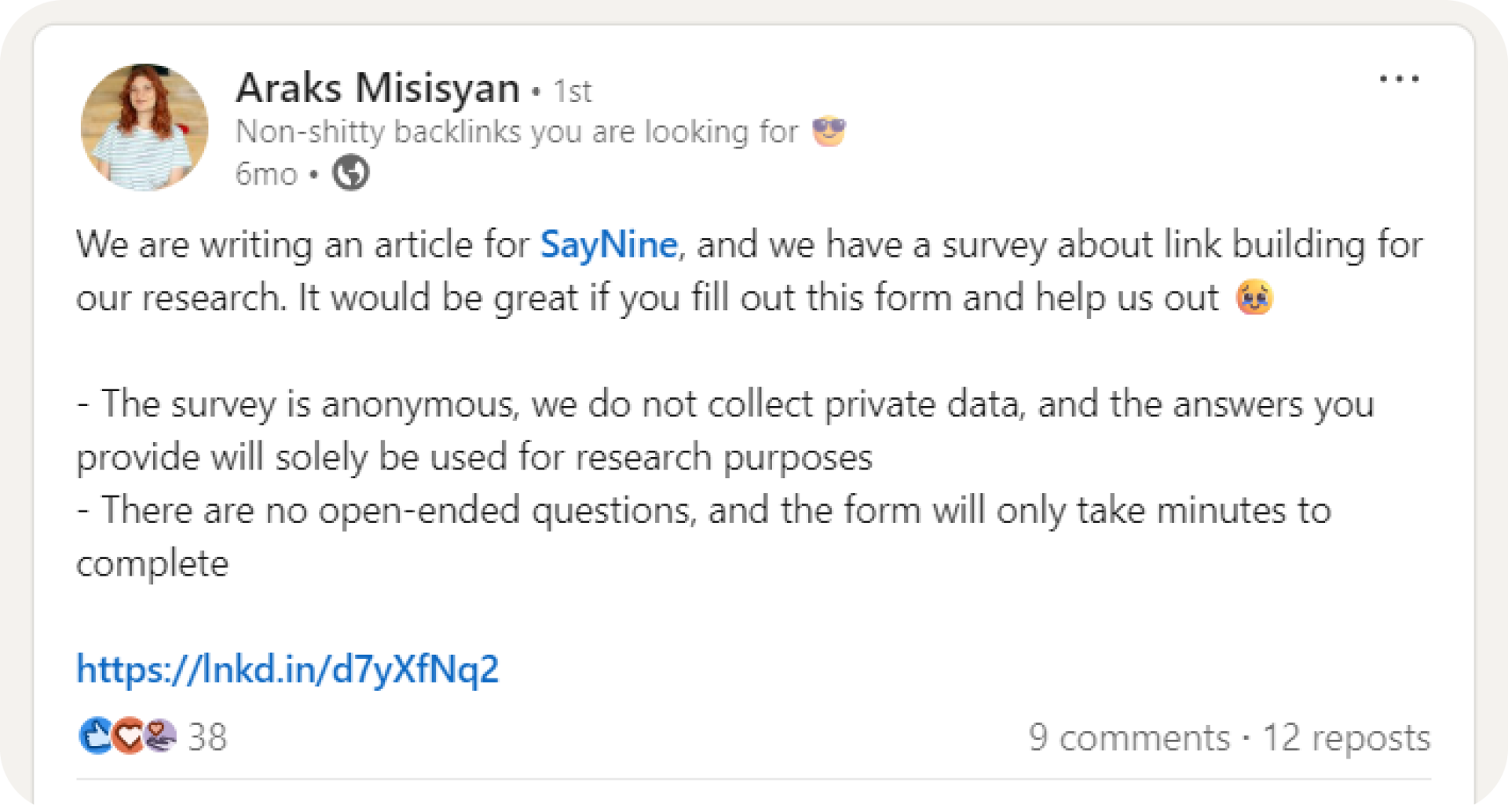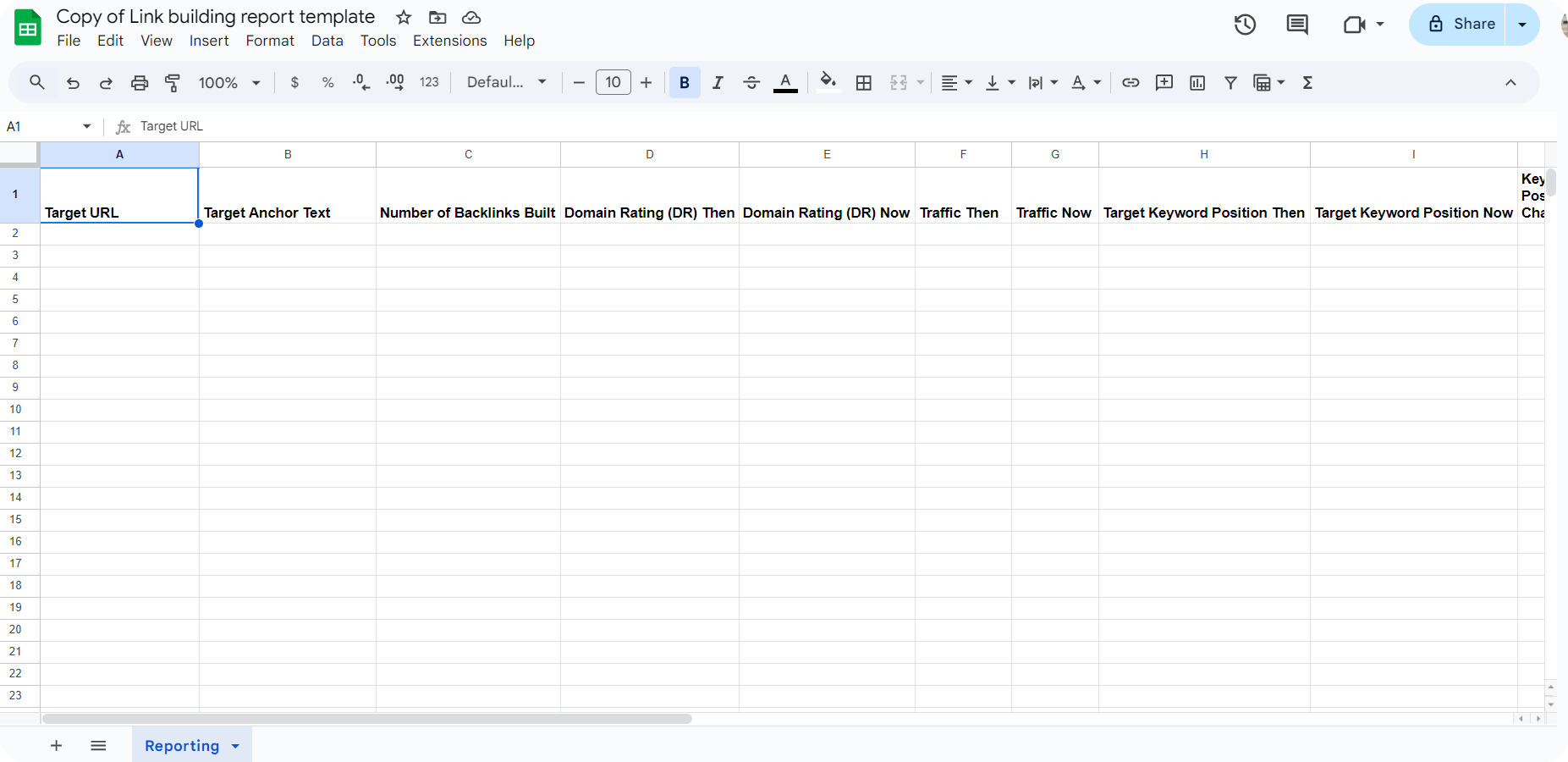Writing blogs is one thing, and writing ones that people care about is another.
Great content matters not just for SEO, but for building trust, connecting, and educating your target audience. The key is knowing the types of blog posts that make an impact.
In this article, we’ll walk you through the most useful blog post formats, why they work, and how to use them effectively.
Plus, there’s a free blog post writing checklist you can download and start using today.
What Are Blog Posts?
Blog posts are pieces of content, such as listicles or guides, published on a website.
They can serve different purposes, such as:
- Bringing more traffic to your site
- Engaging readers with your content
- Driving sales or conversions
- Informing and educating your audience
When done well, blog posts are a win-win. Your readers get helpful content that answers their questions, and you get more visibility, traffic, and trust in return.
But what kinds of blogs work best? Let’s explore the main types of blog posts with examples to inspire your next piece.
Listicles
Listicles are pieces of content presented in the form of lists.
You’ve probably come across headlines like “5 Best Tools…” or “10 Key Tips…” Yep, that’s listicles in action. They’re one of the most popular types of blog posts.
They can be about anything you can turn into a list: tips, steps, tools, ideas: you name it. Cool, right?
Why do people love listicles?
- They’re easy to read
- They turn long or complex info into bite-sized pieces. Perfect for people in a hurry.
- They boost engagement
- They help people who are about to purchase something but haven’t made up their mind yet.
Got an engaging blog post idea in mind? Try turning it into a listicle. It may just be the perfect blog post format.
Best practices
- When talking about tools, be honest and share both the pros and cons. Bonus points if you’ve used them yourself.
- Avoid clickbait. If your headline says “easy steps” but they’re tricky and complex, people might bounce before finishing your post.
More examples
11 Must-Have Link Building Tools for 2025
How-to Guides
How-to guides are pieces of writing that give step-by-step instructions on how to perform a specific task.
These guides can be about anything, from learning English, drawing, driving a car, to becoming an SEO specialist, or starting a business.
What makes them so appealing? Well, they are usually packed with detailed and short steps that clearly explain how to do a certain task.

I especially enjoy writing these guides because I can explain how things work in our agency, including link exchanges and link building outreach. These are super helpful for beginners.
Also, not every SaaS link building agency works the same way. Sharing unique methods adds real value, which is something Google appreciates and highlights in its E-E-A-T guidelines with every update.
And, if you are about to write your first “How-to” guide, grab this free template to get started!
Best practices
Here’s what we recommend when it comes to writing how-to guides
- Write clear and simple steps or tips
- Keep each step short and easy to follow
- Use examples to help readers understand better
- Add visuals for each step to make the learning process much easier
More examples
How to Rank Higher On Google: 10 Effective Tips
Case Studies
Case studies are writing pieces that typically analyze real situations, often emphasizing a company’s success or failure in solving certain problems or achieving particular outcomes.
They’re specifically useful for businesses wanting to promote their offerings. After all, what’s more convincing than real examples and results that prove the success? But there’s more.
Case studies also help with:
- Building trust and credibility
- Driving more sales and conversions
- Teaching and inspiring people who don’t have your experience
Best practices
- Focus on the results and share exactly how you helped the client. Numbers tell the clearest story.
- Be honest and avoid exaggeration or twisting facts. Case studies should reflect what happened, not falsify the facts.
Speaking of results, below you can find some of our link building case studies and learn what we’ve achieved for some of our clients. Check them out!
How We Improved EasyDMARC’s Position Ranking From 77 to 1
Boosting SuperAnnotate’s Position to The 1st On Search Results
And if you want to achieve similar success, you can contact us. We’re happy to help with your backlink campaign.
Statistics
A statistics blog is a data-driven blog that focuses on sharing and analyzing numerical data, trends, and measurable insights.
Why should you write a statistics blog?
- Helps readers understand complex data clearly
- Builds trust by sharing real facts and evidence
- Attracts relevant backlinks from other websites citing your data
For instance, Ahrefs has this one great article about AI overviews. They analyzed over 300K keywords and shared stats on which keywords tend to trigger these summaries, along with useful tips on how to optimize content for them.
Why is this cool? It’s original data and covers a trending topic.
We’ve also had experience in writing a statistics blog. And, yes, it’s a bit challenging, as not all people are responsive enough. But somehow we managed to do it, and later even turned that article into an infographic.
In our article about link building statistics, we interviewed more than 100 SEO specialists. Here’s how we did it, and you can too.
- Created a simple Google Form with clear questions.
- Sent it to our link building partners.
- Posted on LinkedIn asking SEO specialists to fill it out. Guess what? Many people responded!

Best practices
- Write statistics blogs on trending topics.
- Survey or interview industry experts.
Checklists
Checklists are a type of blog that lists a set of items to consider or tasks to be completed.
Just like using a checklist in everyday life helps stay organized and avoid missing things, a blog checklist highlights all the must-dos so readers can follow and achieve great results.
Another thing we highly recommend is to include a downloadable checklist in your blog for those who want to skim through key points.
Best practices
- Place it at the top of your blog and make it visible, so readers can easily find and use it.
- Make the checklist items clear and concise
- Keep the right chronological order of action/steps/tips
Templates
Templates are a type of blog posts that cover a list of actions for achieving something.
For example, in our link building report guide, we share our approach to the reporting process, which metrics we track, and how we share these results with clients.
We also include a customizable template that users can download, fill in with their data, and use for their reports.

It saves time, keeps things organized, and helps deliver clear results to clients.
Best practices
- Make sure templates are easy to download and accessible to everyone
- Add the template at the beginning of the blog so readers who want to go through quickly can find it
More examples
Keyword Cannibalization Guide + A Template
Want Better Blogs? Here Are My Go-To Tips
- I’ve been writing content at SayNine for years, and along the way, I’ve learned a few things that can help any writer level up. Here’s what I recommend:
- Write for people, not just search engines. SEO is key, but your priority should be helping your readers. Make sure your content is useful, clear, and relevant.
- Use “I” and “we” more often. Personal experience builds trust. Readers relate better to real stories and tested advice than to generic tips.
- Avoid keyword stuffing. It makes content hard to read. Even worse, it can get flagged as spam by Google. More does not always mean better.
- Optimize content for the right search intent. If you’re targeting an informational keyword, for instance, ensure your content matches the intent and educates readers.
- Don’t assume readers know everything. Take the time to explain terms and ideas, especially if they’re too complex.
- Back up what you say. Use data, examples, or research to support your ideas. It adds credibility. Make sure to link to these sources so readers can explore further if they want.
- Avoid the fluff. If you’re struggling to meet a certain word count, don’t repeat yourself. It’s better to keep it short but helpful.
- Offer some freebies. Checklists, templates, cheatsheets, or worksheets are all good resources you can provide your readers.
- Add a quiz at the end. It’s a fun and effective way to improve engagement and help readers check what they’ve learned.
- Don’t copy competitors. It’s normal to check out what others are doing, but don’t just copy and paste or paraphrase their content. Instead, look for a content gap and write something better.
- Use AI (the smart way): To my fellow writers who feel a little worried. No, AI won’t replace you. Use it for editing, proofreading, or when you need some inspiration.
Final Thoughts
Understanding different types of blog posts is crucial if you want to write content that meets your target audience’s interests and needs.
And, being able to write articles in different formats is the next step. Luckily, we can help with content writing, and our full SEO services page is a great place to start.
FAQ about types of blog posts
What are the categories for blog posts?
Examples of blog post categories are news, technology, fashion, health, IT, business, finance, and more.
What are the 3 blogging styles?
There are three main blogging styles: personal, business, and niche blogs.
What are examples of blog posts?
Here are some examples of blog posts:
https://saynine.ai/blog/link-velocity/
https://saynine.ai/blog/keyword-density/

Quiz Time
Let's put your knowledge to the test.
Leave your email below to get a SayNine certificate!
Are you sure?



